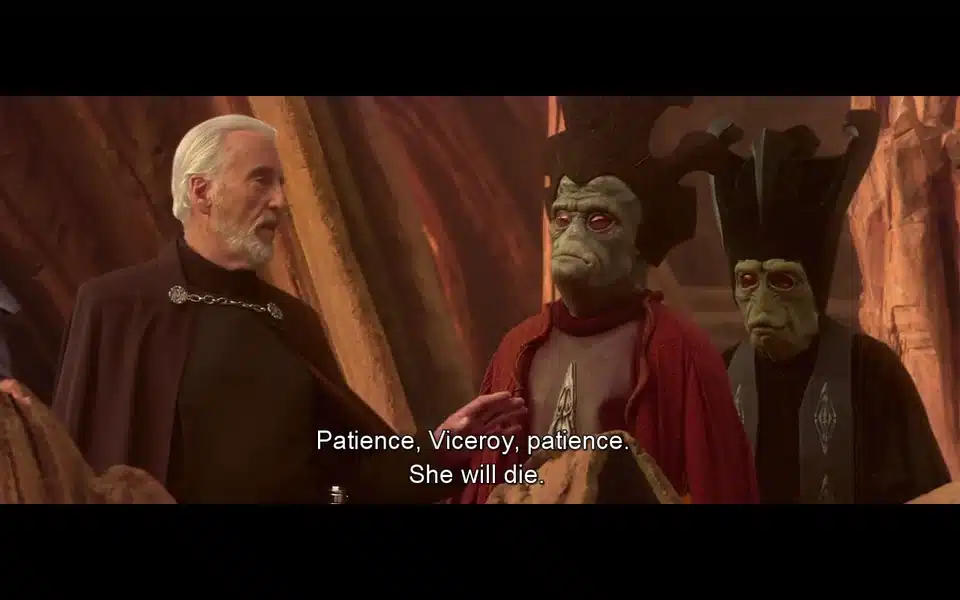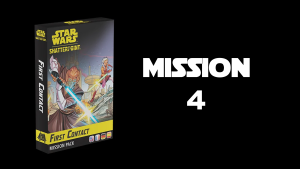One of the most critical skills for all aspects of life is patience. Patience is crucial to get what you want and has loads of benefits. Today we are going to look at Patience and how it applies in Star Wars Legion.
Patience has a variety of applications in Legion and we’re going to try and dissect when you need to be patient and when you should throw caution to the wind.
Types of Lists
Probably the most important thing that you need to determine in relation to patience is what kind of lists you want to play, and how patience applies to them. There are decks that want to be hyper-aggressive and patience would hinder them. On the other hand, there are lists that win games by grinding out right to the end of the game and require you to be measured in your approach. Picking one of these extremes or somewhere in the middle is a choice of personal preference and potentially influenced by the meta game.
Some examples of ‘patient’ lists include defensive tech lists such as dodge sharing clones, as well as many gunlines. Gun lines are often benefited by being on the defensive which waiting out your opponent often allows you to do. Force Users also usually require a lot of finesse and patience to play well. Being able to wait for the moment to strike is very important, as rushing up the middle is usually a quick way to lose your force user. Force Users are usually also benefited by acting later in the turn, which can often be tough to temper your gameplay to.
Aggressive lists include the infamous ‘Pink Suns’ (which is a pile of Black Sun Enforcers with a couple other pieces.) We also see most melee skew lists in the ‘aggressive’ category. Aggressive lists usually serve a player who wants to get into the action quickly. This isn’t to say they don’t require finesse and patience at the right moments. Lyla Claire who was the runner of the ‘Pink Suns’ at worlds showed excellent situational awareness in the two games I was able to witness. Her top 4 match saw her win by very quickly advancing up the board to claim a recover the supplies boxes early and then run away from them. She activated units all at the correct moments showing extreme patience to claim victory.
Largely you’ll need to discover for yourself what kinds of lists you’ll want to run. I would highly recommend trying both aggressive and defensive lists out. Both to see how you like them, as well as improve your gameplay overall. There’s no better way to practice beating a list than by running that list yourself.
Game Strategies Relying on Patience
The epitome of a game strategy that relies on patience is a force user gunline playing key positions. Key positions comes down to unit leaders at the end of the game, usually turn 6. This means that overly aggressive lists and/or playstyles often find themselves burned out by the time scoring happens. A lot of gunlines or similar lists are able to weather the storm and then march onto the objectives late. Similar to this is Sabotage the Moisture Vaporators. This objective often ends in a VP tie. This means that the game usually comes down to kill points. Being able to keep your powder dry and spring at the right opportunity is crucial for going up on kill points. If you spring too early and choose a bad engagement it can put you in a terrible position.
The last objective that obviously benefits players who are able to be patient is Intercept the Transmissions. Often the optimal strategy for this objective is to let your opponent capture two to your one objective for turns 2 and 4. On turn 6 you pile onto the middle which will tie up the VPs. During the game you ideally traded favourably in attrition as you were dedicating more resources to combat than your opponent who was capturing objectives. This playstyle is often used by again, force user gunlines or just pure gunlines. Those kinds of lists not only are benefitted by patient play, but by being put in situations where they can do what they want which is shoot.
Game Situations
We should go over some typical situations where having patience is of great benefit.
Force Users

The one that needs to be stressed right off the bat is force users. There is plenty of content on how to optimise force users but we should go over some important points again.
The first is that force users, for the most part, want to be safe. This involves either being in a location where they’re not susceptible to enemy units at all or in melee with an activated enemy unit. A complicating factor for both of these states is an enemy force user as they can force push you where they want, either into LOS of their army, or out of melee. This is largely why for force user play in general and specifically when there is an enemy force user on the field you need to be patient and not act to early. Often, the force user to activate first loses. The obvious exception to this is when a kill is (almost) guaranteed. This ‘going last’ mentality also applies when a force user is engaged with enemy units. You always want to wait to activate the force user till there is an enemy unit you can safely hide in melee with. This can be the unit you’re already engaged with or another. Often a great play is if an enemy unit finishes its activation close enough for one move to get your force user in melee with it. You can activate your force user, swing your glow stick at the unit you’re engaged with and then move into melee with the other unit, or some other variation on this.
When you’re forced to go with your force user earlier than when an enemy unit is available for ‘safety’ a standby can be your saving grace. You might need to go early if you’re trying to interact with objectives, or just trying to tie up a super potent enemy unit. What you can do is make sure to take a standby action in melee. This means that it is quite hard to get rid of that standby token. If the unit you’re engaged with activates and withdraws, then you can still re-engage that unit, or move to another unit. If the unit does any other actions you can attack. Crucial to this strategy is remembering that Pierce is optional. You do not want to leave your force user in the open, so if you don’t fully Pierce you can often leave one mini left alive which is perfect for this situation.
If you do want to take a standby you need to also be very careful to make sure that there is no way for that standby to be stripped. This can occur for a few reasons, suppressive melee weapons, a force user starting at range 1 who can force push for their first free action to move you and strip the standby. You can also suffer suppression from Demoralize (which is range 2 in the rally step) or a variety of command cards. Ensuring you can’t lose that critical standby is crucial.
Gunlines

Now that we’ve covered force users extensively we should talk about an oft paired piece, the gunline.
Gunlines inherently want to allow the enemy to come to them to more efficiently use their actions (aim-shooting usually.) Gunlines want to do this by forcing scenarios that push the enemy to attack you. If you recognize that the enemy is forced to attack you, not overextending is important. This can sometimes be frustrating as you want to be doing things, but this is often not the optimal play. Trying to go with less important units, and/or doing objective actions is often the best thing to do in this situation and save your more powerful units for when your opponent overextends.
Another important thing to recognize is your opponents tempo on each turn. A dodge castle for instance usually builds up its defensiveness over the turn. So you either want to try and hit it hard right at the beginning of the turn or make sure your units are getting as optimal efficiency as possible to crack through the defences. A clone dodge castle for instance often can start a round with two or three dodges, but can also build up to five or six possible for each unit by the end of the round. Recognizing this kind of tempo can inform your own tempo.
Gunlines also need to recognize that usually where they’ll falter versus more aggressive and melee lists is once the enemy gets to you. You want to lengthen the period of time where the enemy is approaching you for as long as possible. This is usually accomplished with precise range control. An important thing in this scenario is to not get any closer to the enemy then is absolutely necessary. You might also need to fade your army backwards a bit, potentially away from objectives to weather the initial storm and let your gunline do its work. Keep in mind how many actions you need to complete whatever objectives you need to, and that is your time limit for when you need to move on from combat to objectives.
Length of Games
One thing that has to be brought up when talking about defensive/patient playstyles is the length of games. In this circumstance we’re talking about how many rounds your game goes. Most lists that want to play this way require the entire game to complete to fulfill their win conditions. This means that you need to keep a couple things in mind.
The first is that you want to play at a decent pace. If you yourself are a slow player you will limit the game’s length and you might want to look at lists that lean into that style more. The second is that you want to keep an eye on the clock and estimate how many rounds you’ll get. If you think you’ll only get four or five rounds in then you need to adjust your calculations for how many actions your units will get. If you’re counting on six rounds and leave your units range 2.5 away from a centre KP and then the game goes to time on round 5, you just don’t have enough actions left to get to the middle. You usually want to make judgements on length of game fairly early on to determine your style of play. Another thing you can do is decide to play very quickly to lengthen the game. Always take actions to increase your odds of winning. If the options are taking a bunch of plink shots on turn five that have a slight benefit, or essentially passing a bunch of activations to get to round six. You might decide to take the latter as that may offer a better chance of victory.
Throwing Caution to the Wind
One of the most important lessons of patience is actually when to completely ignore it and do the opposite. Always take actions that will increase your odds of winning. Sometimes this means you need to activate your force user first and charge them into the middle of the opponent’s army. This can be the correct play even if it’s at tension with a standard measured play. Often the reason you need to throw your defensive patient playstyle away is that you’re in a losing position. Defensive/patient playstyles usually aren’t the best in claiming a lead, they’re best at maintaining a lead. So if you find yourself in a losing position you might need to go out of your comfort zone.
Final Thoughts
Hopefully with this brief look into patience we can see how we can apply some new ideas to our games. We want to be able to build lists with playstyles in mind and learn to recognize when to apply certain attitudes to game states.






2 Responses
Amazing article Timbo! Keep them coming!
Thanks for the insight! As a newer player to Legion, this is probably one of the hardest things for me to grasp; as it is far more prevalent in Legion than in most other miniatures games I have played over the years!